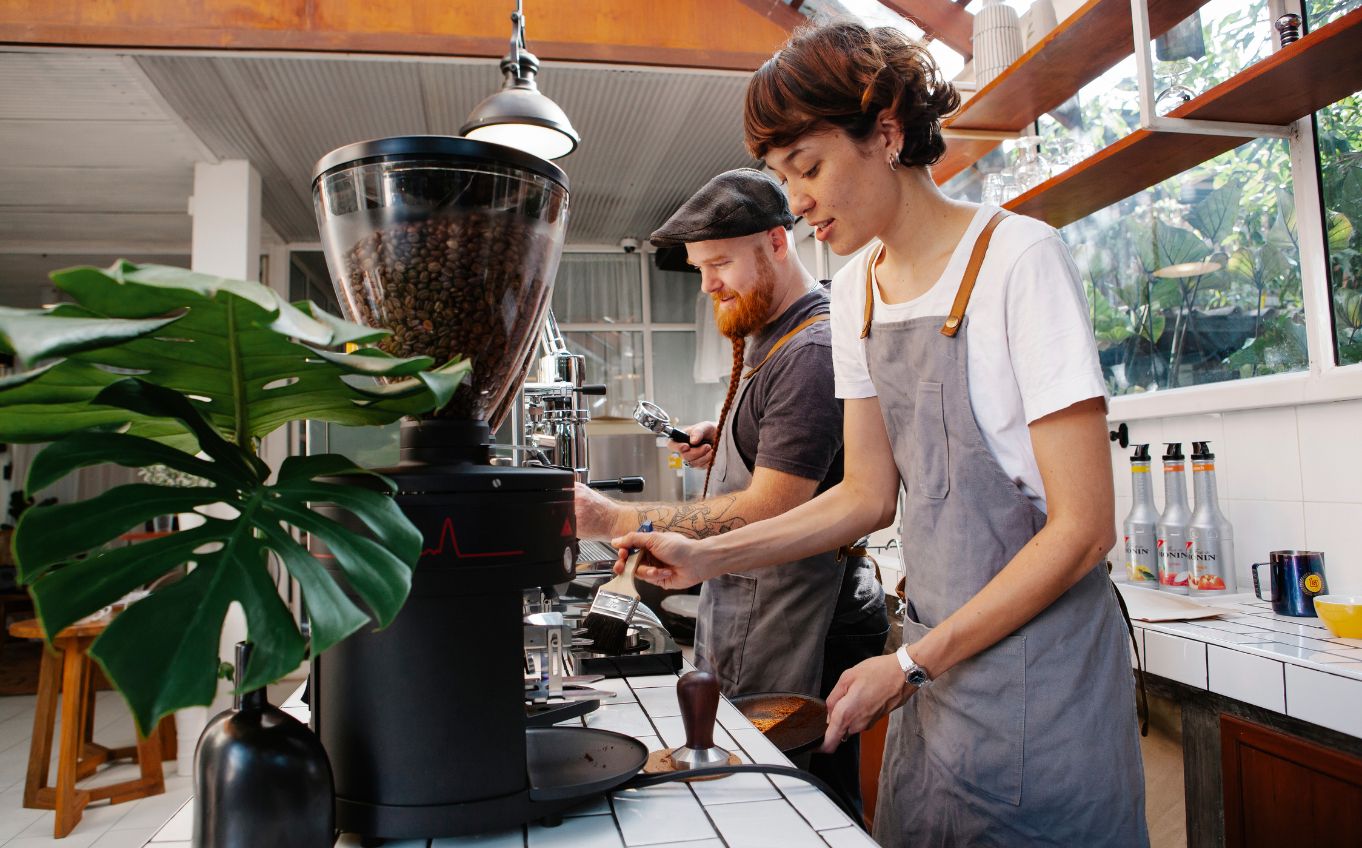Managing energy consumption in a commercial kitchen is essential. Not just for sustainability, but for controlling operating costs. With electricity prices on the rise, improving your kitchen’s energy efficiency can make a significant difference to your bottom line.
Here are six effective ways to reduce energy use while keeping your kitchen running smoothly.

1. Choose Energy-Efficient Appliances
Not all appliances are created equal when it comes to energy use. If you’re setting up or upgrading your kitchen, prioritise models with high energy efficiency ratings. While lower-cost appliances may seem like a good deal upfront, they often consume significantly more power, costing you more over time. Investing in energy-efficient equipment pays off through reduced utility bills and longer-lasting performance.
2. Optimise Your Kitchen Layout
Your kitchen’s layout can directly impact energy use. For example, placing a fridge next to a heat-generating fryer forces both to work harder to maintain their temperatures, increasing power consumption and wear on the equipment.
To improve efficiency, group your equipment into “hot” and “cold” zones and ensure there’s adequate ventilation around all units according to manufacturer guidelines. This setup can reduce energy waste and minimise the risk of breakdowns.
3. Turn Off Equipment When Not in Use
Turning off equipment when it’s not being used is a simple but often overlooked way to save energy. Develop a startup/shutdown schedule that reflects your actual kitchen operations. You might also consider smart technology that automates this process, ensuring appliances aren’t drawing unnecessary power during downtime.
4. Create a Culture of Energy Awareness
Your team plays a key role in managing energy usage. Training staff in energy-conscious habits, such as switching off lights and equipment, closing fridge doors, and reporting faults, can have a meaningful impact.
Include energy-saving protocols in your employee handbooks and reinforce them during onboarding to establish a consistent, energy-efficient culture throughout your workplace.
5. Switch to Renewable Energy Where Possible
Adopting renewable energy solutions, like installing solar panels or choosing a green energy provider, can further reduce your kitchen’s environmental impact. While the immediate cost savings may vary, the long-term benefits for your business and the planet make it a worthwhile consideration.
 6. Clean and Maintain Equipment Regularly
6. Clean and Maintain Equipment Regularly
Well-maintained equipment operates more efficiently and lasts longer. Buildup of dust, grease, and grime forces machines to work harder, using more energy and increasing the risk of breakdowns.
For example, dirty condenser coils in refrigeration units compromise temperature control, increase energy consumption, and pose potential food safety risks.
This is where Jaymak comes in.
With more than 26 years of experience, Jaymak is Australia’s leading provider of specialised cleaning and hygiene services for the hospitality, healthcare, and food industries. We are one of the only ISO 22000, ISO 9001, ISO 14001 and ISO 45001 certified companies in Australia for this type of work, ensuring your equipment stays clean, compliant, and energy efficient.
Need help getting started?
Jaymak’s certified technicians can provide tailored hygiene and maintenance solutions to help your kitchen operate at its best, saving you money, reducing downtime, and extending the life of your equipment.
Get in touch with Jaymak today and take control of your kitchen’s energy efficiency.
References:
-
Ecocanopy: How Your Commercial Kitchen Can Save Energy and Reduce Its Carbon Footprint
-
WebstaurantStore: 10 Tips for Conserving Energy in Your Restaurant
-
Kinnek: Energy Efficiency Tips for the Commercial Kitchen
Comments are closed.

